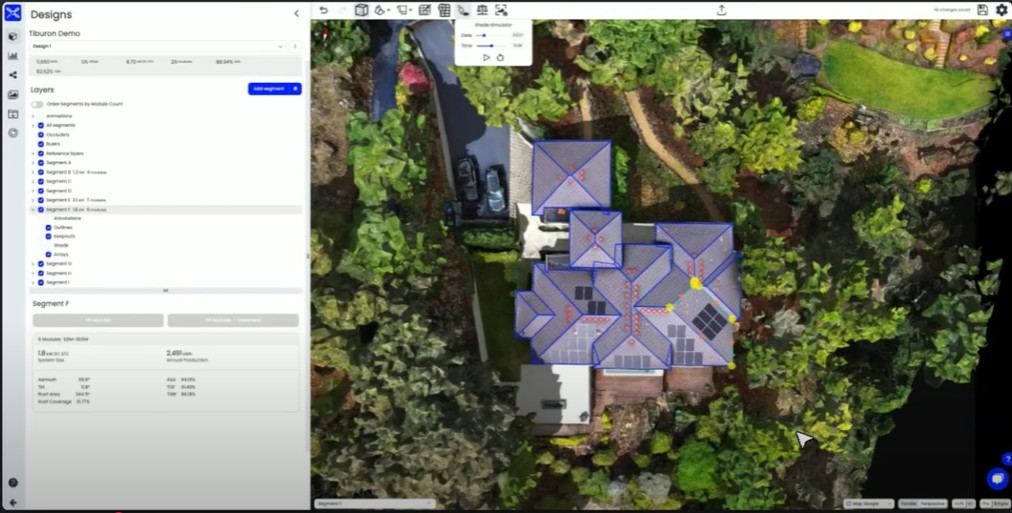PXiSE storage controller meets Texas’ fast frequency response market criteria for grid support

Texas’ grid operator, the Electric Reliability Council of Texas (ERCOT), has established a Fast Frequency Response (FFR) market to ensure a stable grid frequency as system inertia declines. PXiSE Energy Solutions, a grid control technology company, is one of the few companies that meet the performance for using energy storage resources to provide grid support and ancillary services in Texas.
As inverter-based resources like solar, wind, and storage are added to the grid to supplement traditionally high-inertia baseload power sources, the frequency can destabilize, causing instability across the grid. To prevent frequency issues caused by a loss of inertia, ERCOT has turned to an FFR market which outlines requirements for energy operators interested in participating.
As the name implies, strict FFR requirements ensure controllers can meet the need for fast and reliable power in the event of a loss of inertia. An FFR resource must be deployed within 15 cycles (Hz) after grid frequency reaches the trigger threshold. A resource must also sustain the response for at least 15 minutes or until ERCOT recalls deployment, whichever occurs first, and a resource must be reset and made available for the next event within 15 minutes after deployment is ended.
This PXiSE Renewable Power Plant Controller (PPC) meets the latest performance requirements from all other solution providers in matching new and more demanding control response times, enabling additional storage resources to come online, helping maintain grid stability, generating more revenue, and facilitating the energy transition.
Many controllers cannot meet these requirements, according to PXiSE. Its PPC leverages the use of time synchronized phasor measurement units (PMUs) for high-speed, precise detection and control to meet these requirements.
Along with meeting the FFR performance requirements, the PPC allows for battery participation in ERCOT’s energy market. Based on autonomous optimizer calculations, the assigned capacity for each battery managed by the PPC can adapt to either the energy or FFR market.
For example, the PPC will assign a portion of the battery to be reserved for FFR participation while remaining storage capacity is assigned to participate in the energy market.
“We’ve developed the PXiSE Power Plant Controller to meet the needs of all major electricity markets around the world, and that includes ERCOT’s stringent FFR requirements,” says Patrick Lee, CEO of PXiSE Energy Solutions. “Our products have proven capabilities in following and responding to demanding market signals and maintaining stability in grids with high levels of renewable and DER penetration.”
In meeting the high ERCOT standards, the PXiSE PPC is also an ideal fit for the FFR requirements of other electricity markets. Installers can configure the PXiSE PPC for direct participation in FFR markets as defined in FERC Order 755, and simultaneously control real and reactive power. The company also brings the experience of several successful frequency fluctuation mitigation projects, with PPCs installed in Guam and Hawaii to manage utility-scale energy storage operations and market participation.





Comments are closed here.